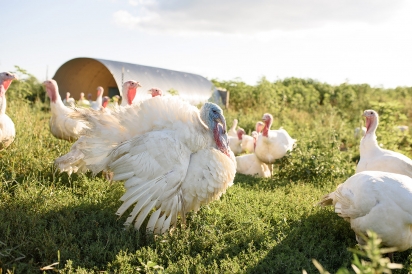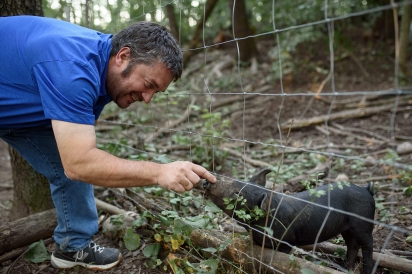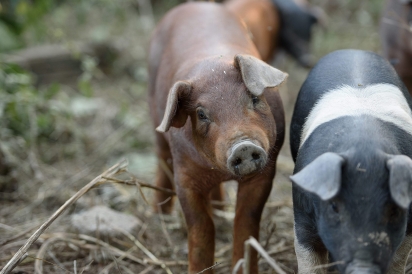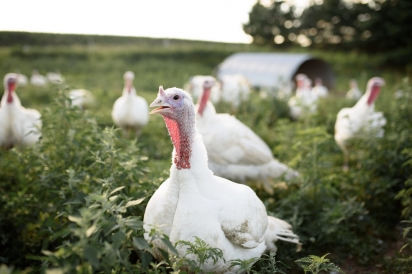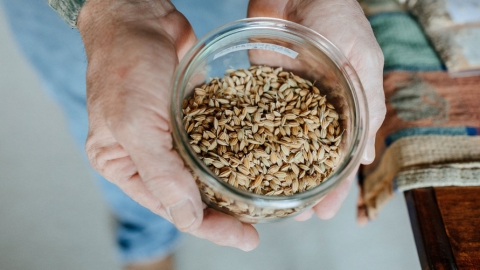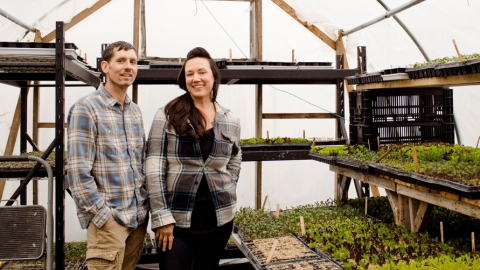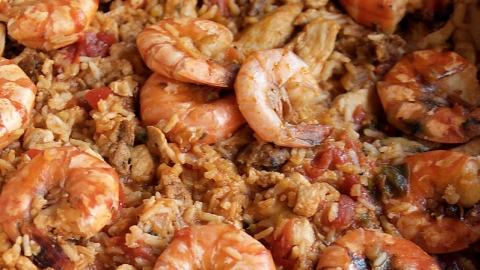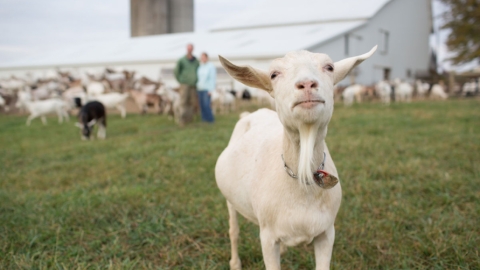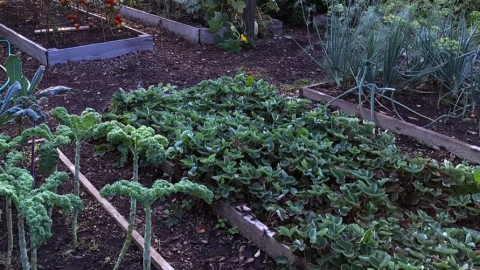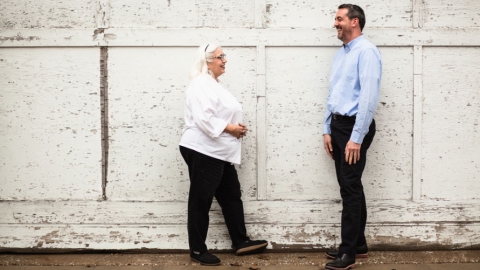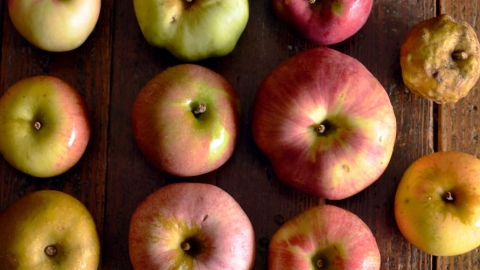Challenges facing the local food movement today
Editor’s note: We’re always curious to know what local farmers are thinking about. That’s why we invite farmers to reflect on their work and share what’s on their minds in our Diary of a Farmer department. For our Locavore issue, we asked Greg Gunthorp why it’s so important to buy food from local farmers and what he sees as some of the biggest challenges facing the local food movement today.
In 1998 I was selling live hogs to the commodity market for less than my grandfather got during the Great Depression. A measly five cents per pound doesn’t go far toward covering the costs of a pig, especially if you had to travel to get to a buying station. I knew I had to do something different or else I would be the last Gunthorp to raise pigs.
I have been doing “something different” for nearly 20 years now: raising pigs and poultry on pasture; slaughtering, processing and packaging all of our own animals at our on-farm USDA-inspected processing plant; and selling our meat to upscale restaurants, including Rick Bayless’s Chicago restaurants, and retail locations throughout the Midwest.
Over these 20 years I have witnessed the market change a great deal, some ways good and some ways bad. When I first started selling meat to Chicago in 1998, I was seen as a crazy granola-crunching hippie farmer. I don’t have a problem with granola-crunching or hippies, but I didn’t feel like that accurately described me.
Around five years ago the local food movement went mainstream. I wasn’t the weird farmer with the crazy ideas anymore: I was a trendsetter. One article even called me a rock star farmer. It is amazing that buying local food from local farmers who raise animals and produce in natural and sustainable ways is now considered both cool and responsible.
Despite this, I see two problems facing the local food movement now that I didn’t see when I started 20 years ago.
The first is greenwashing. Twenty years ago, before this was mainstream, it was obvious which food was raised at a higher standard. It wasn’t readily available in the grocery store. To figure out how your food was raised, you had to have a conversation with your farmer. Now every package in the grocery store has some sort of special label claim. The big companies jumped on the bandwagon and have flooded the market with an assortment of “natural” products that are really just their original commodity products with a fancy word on the label. Knowing what you are actually buying is harder now than it was 20 years ago, even though local food is trendier than it’s ever been.
The second problem that is largely affecting small farmers’ success in the marketplace is a concept I call incremental change. Incremental change is the idea that if you make one step in the right direction, that’s all the farther you have to go. Why buy pasture-raised, antibiotic-free meat when you can settle for antibiotic-free confinement-raised meat at a lower cost? Why buy pasture-raised eggs when you can just stop at cage-free? Why buy the best of the best if you can settle for something a few grades lower while still applauding yourself for not buying the absolute cheapest option available?
The idea of a step in the right direction negatively affects those of us who didn’t settle for just one step. Farmers who completely dedicate their farms to producing top-of-the-line sustainable products are hurt when consumers, chefs and company purchasers choose to settle. These farmers are forced to either sell at a lower price to compete with these lesser products or risk not selling their products at all.
I beg you: Do not settle. Don’t fall for the greenwashing and surely don’t settle for just one step in the right direction. Do not send the message to the farmers who are going above and beyond that their efforts are wasted and not appreciated. Buying directly from local farmers—whether as an individual, a restaurant, a grocery store or anything in between—is not always the cheapest or most convenient option, but it is the only way to ensure that the momentum the local food movement has gained over the last 20 years doesn’t die out.
The opportunities in agriculture today are tremendous. I have a degree in agricultural economics from Purdue University, the same as my daughter. The message from the land grant institute today has evolved slightly since I was there 30 years ago. Then, Purdue’s message was simply “get big or get out.” Today it’s “get big or get out or do something special.”
At Gunthorp Farms we’ve chosen the road less traveled and we are doing something special. We have absolutely no doubt that a customer base exists for us now. As the next generation joins the farm full time—not only here at Gunthorp Farms, but also at farms like ours across the country—you can expect bright, progressive and exciting advancements.
Gunthorp Farms
435 N. 850 E.
LaGrange, IN
260.367.2708
gunthorpfarms.com
Where to Find Gunthorp Farms Meat
Retail
- Nature’s Cupboard, Michigan City, IN
Direct order
Home delivery
- Seven Sons, Indiana and Southwest Michigan
Restaurants
- Cerulean Restaurant, Winona Lake, IN
- Light Rail Café & Roaster, Winona Lake, IN
- Luisa’s Café, Harbert, MI
- Staymaker at Journeyman Distillery, Three Oaks, MI
- The Beard and the Boss, South Bend, IN



